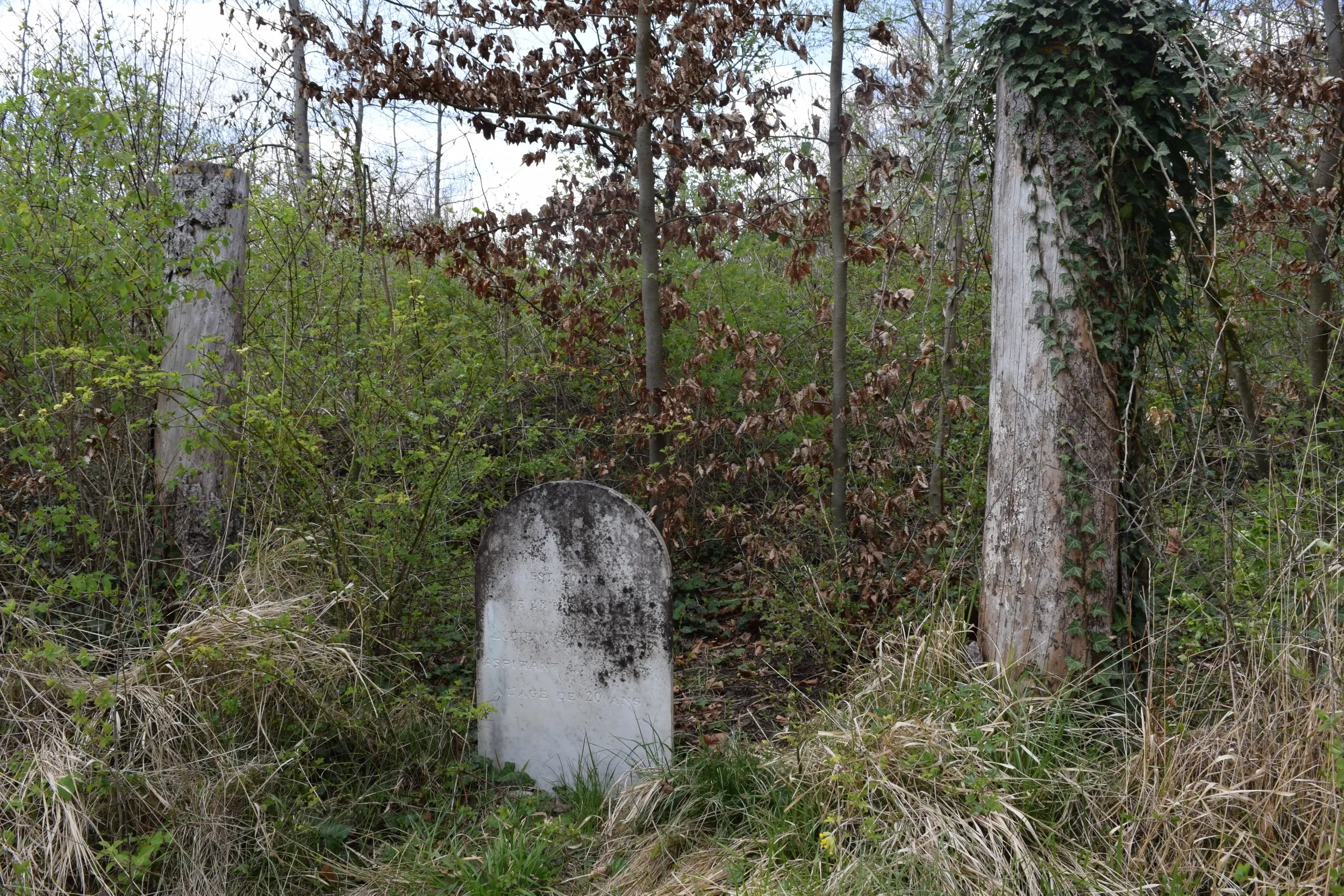Check our opening times and prices
Buy your ticket in advance
Prepare your visit to the battlefield

Sergeant Marius Marly was on his way back from leave. It was May 1916, and his fellow soldiers of the 154th Infantry Regiment celebrated his return. But the festivities were short-lived, because the regiment was heading back up to the front line, and to a renowned sector: Le Mort-Homme.
The trek up to the trenches during the night of 23 May was exhausting. After several hours, Marius Marly found himself back at his positions near the village of Cumières. He was dumbfounded! The former lines that they’d fought so hard to win had been lost. And morale was already very low.
Some soldiers couldn’t bear the thought of fighting here once again. Many of them started to run towards the Germans, shouting “Comrade!”. Sergeant Marly was not prepared to accept this, and wasted no time in opening fire in the direction of the deserters to bring them back into the ranks. Most of them returned to their stations, but Marly could already count 80 who had abandoned their duties.
Their isolated position was indeed indefensible and the men’s supplies were short. After intense shelling lasting several days, the German troops attacked. There were now incessant waves flooding towards Sergeant Marly’s little group, and the men pushed them back every time. But their rifles jammed, the explosions intensified and the devastating blasts from the flamethrowers got the better of the defenders’ morale. The sergeant’s men could not carry on. They were exhausted and terrified of being burned to death.
With tears in his eyes and the feeling of having failed in his duty, Marius Marly surrendered to the Germans in the Caurettes Ravine on Monday 29 May 1916. For him, the war continued behind the barbed wire of a prison camp in Germany – until October 1918 when, at his third attempt, he succeeded in escaping.
